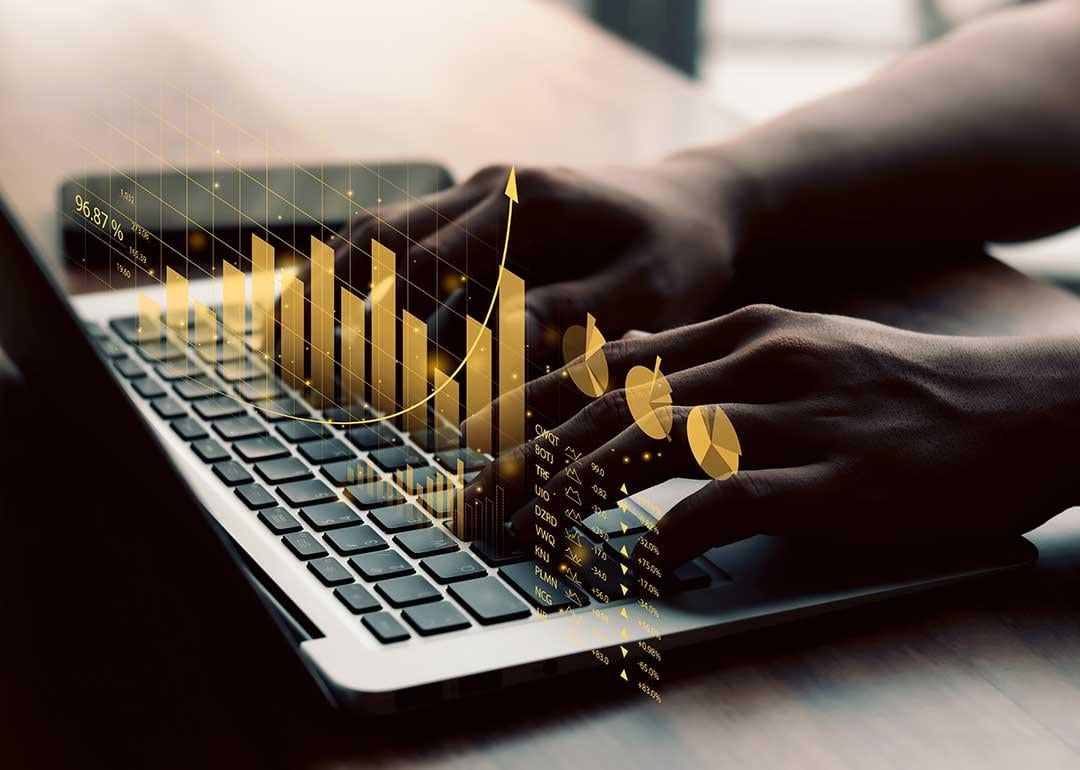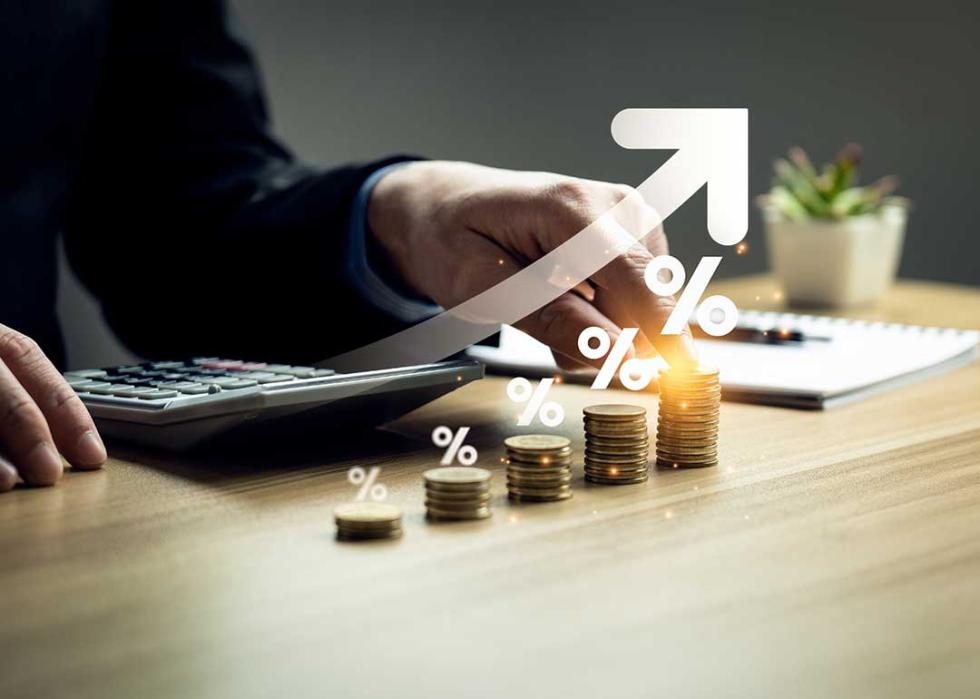
Will savings interest rates stay high in 2024?
After more than a year of rising savings interest rates, experts are predicting a slight drop in 2024. Experian shares everything you need to know about which factors influence interest rates for savings accounts and what to expect in the coming year.
How did interest rates change in 2023?
After sizable increases in 2022, savings interest rates got another decent boost in 2023 as the Federal Reserve efforts took efforts to combat high inflation.
Between March 2022 and July 2023, the Federal Open Market Committee (FOMC) took an aggressive stance against inflation, hiking its federal funds rate 11 times during that period. While these rate hikes resulted in higher interest rates on credit cards and other short-term debt, they also caused interest rates on certain savings products to spike.
Before the FOMC started hiking rates, some of the best high-yield savings accounts offered annual percentage yields (APYs) below 1%. At the start of 2023, they had reached 4%, and at the end of 2023, they surpassed 5%.
Other savings products, including money market accounts and certificates of deposit (CDs), also experienced sharp increases during the same period, with CDs typically offering the best rates in exchange for locking up your funds for several months or even years.
Savings interest rates vs. inflation
Savings account interest rates usually aren't high enough to keep up with inflation. So, while they're a great place to stash money for financial emergencies and other short-term needs, you can generally expect the funds to lose spending power over time.
But as the Fed's monetary policy of hiking rates finally gained traction in 2023, high-yield savings interest rates ended the year ahead of the inflation rate. While you can still earn upwards of 5% in a high-yield savings account, money market or CD, the headline inflation rate for November slowed to 3.1%, according to the Bureau of Labor Statistics.
What experts predict for 2024
Savings interest rates are directly tied to the federal funds rate, which closed out 2023 at a range of 5.25% to 5.50%.
The FOMC approved a plan in December to cut interest rates three times in 2024, with an expected rate cut of 0.25% each time. Further rate cuts in 2025 and 2026 would bring the federal funds rate even lower.
According to the Federal Reserve Bank of Philadelphia's Survey of Professional Forecasters, experts say they expect the inflation rate to decline further in 2024 to 2.5%—still higher than the Fed's 2% target rate.
Staying up to date on monthly inflation reports and the Fed's meetings throughout the year can give you more insight into what's going on. But if the agency starts reducing its rates, expect your savings rates to follow suit.

How to make the most of savings interest rates
Savings interest rates aren't expected to fall drastically, but as inflation continues to slow, look for opportunities to take advantage of high savings rates while you can. Here are some steps you can take to maximize your interest earnings.
Open a high-yield savings account
Not all savings accounts are created equal. While some banks are offering APYs of 5% or more, the national average savings account interest rate is just 0.46%, according to the Federal Deposit Insurance Corp. (FDIC).
If you're earning a subpar rate with your current bank, check to see if it also offers a high-yield savings account.
Shop around for a better APY
If your bank doesn't offer a high-yield savings account, or its interest rate isn't competitive, research and compare rates from other financial institutions to see if you can earn more elsewhere.
For the most part, online banks tend to offer the best APYs on high-yield savings accounts. However, you may be able to find great options with credit unions and even traditional banks.
Lock in a fixed rate with a CD
While high-yield savings accounts typically offer higher interest rates than traditional savings accounts, the rates are variable. This means that once the Fed decreases interest rates, your rate will be quick on its heels.
While CDs also adjust their interest rates based on the Fed's decisions, the rate you see when you open a CD won't change for the length of its term, which can range from one month to several years.
The caveat, of course, is that you can't withdraw your funds until the account matures—or else you'll typically pay fees to do so. While CDs can potentially help you enjoy a higher rate a little longer, consider it only if you have money you don't need access to for the duration of the CD's term.
The bottom line
With the budgets of many Americans still recovering from inflation that reached a 40-year high last year, those who have been able to save have found a silver lining in the form of high interest rates on savings accounts.
While savings account interest rates are the highest they've been in years, experts forecast that they'll likely start to decline in 2024. Although it's unclear how much they'll drop, there's still time to enjoy the benefits of high interest rates while you can.
This story was produced by Experian and reviewed and distributed by Stacker Media.



